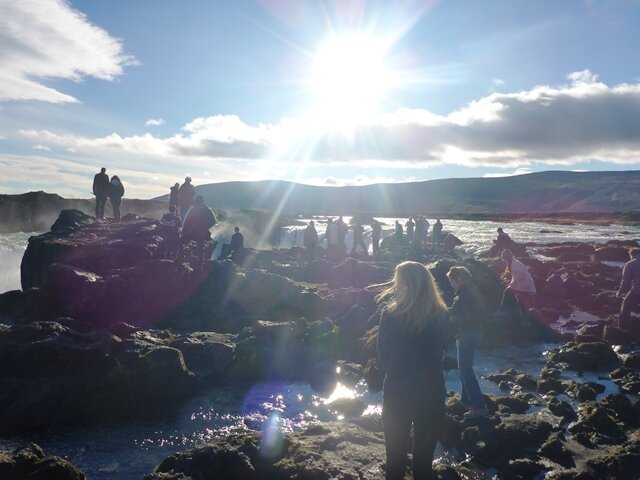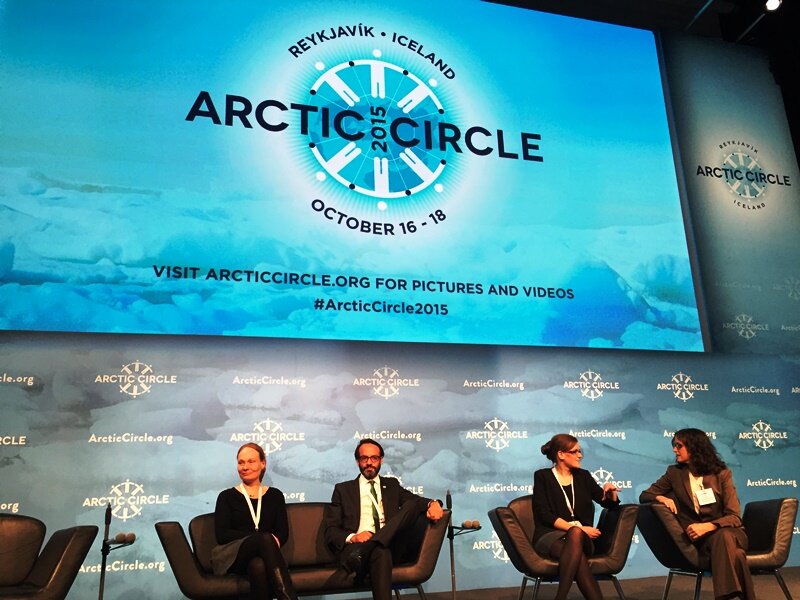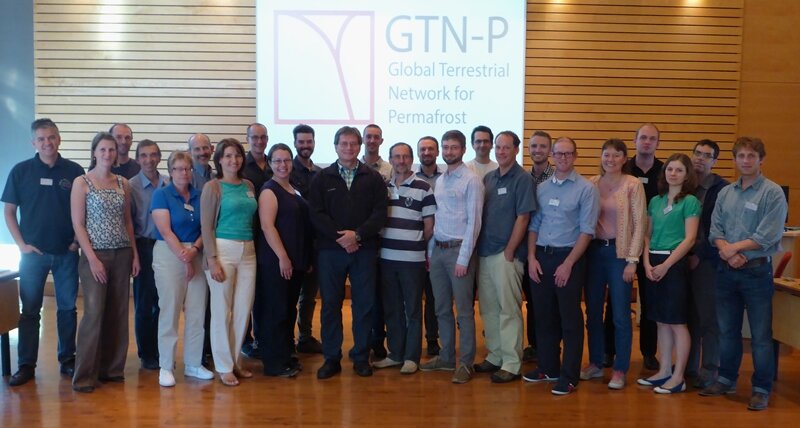Kytalyk/ Chokurdagh
 Kytalyk / Chokurdagh field station. Photo: Ko van HuistedenThe Chokurdakh scientific tundra station is situated in the Kytalyk wildlife reserve, located on the left bank of the Elon (Berelekh) River in North-Eastern Yakutia, Republic of Sakha in Yakutia in the Russian Federation. The field site is approximately 25 kilometer north of the Chokurdakh settlement and around 480 kilometer north of the Arctic Circle.
Kytalyk / Chokurdagh field station. Photo: Ko van HuistedenThe Chokurdakh scientific tundra station is situated in the Kytalyk wildlife reserve, located on the left bank of the Elon (Berelekh) River in North-Eastern Yakutia, Republic of Sakha in Yakutia in the Russian Federation. The field site is approximately 25 kilometer north of the Chokurdakh settlement and around 480 kilometer north of the Arctic Circle.The research area consists of three different morphological units: the river floodplain, the river terrace with tundra vegetation and the high plateaus (1030 metres) underlain by continuous permafrost, with permafrost thickness over 300 metres.
The Kytalyk is a preservation area of white crane (sterkh, Grus leucogeranus) and most common human activities include fishing and reindeer breeding. An average temperature of the warmest month, which is July, in the area is 9.5 degrees Celsius and that of the coldest month, which is January, is -34.6 degrees Celsius.
 Warning sign on mosquitoes. Photo: Ko van Huisteden.
Warning sign on mosquitoes. Photo: Ko van Huisteden.
Within PAGE21, following research will be conducted in Kytalyk:
|
Site GPS: N 70° 49' 28'', E 147° 29' 23
For more information on the Chokurdakh scientific tundra station in Kytalyk, please contact
For more information on the Chokurdakh scientific tundra station in Kytalyk, please contact
Dr. Trofim MAXIMOV, Chief of Biogeochemical Cycles of Permafrost Ecosystems Lab.
Tel: +7 4112 33 58 97,
Tel: +7 4112 33 58 97,
mail: This email address is being protected from spambots. You need JavaScript enabled to view it.
or visit the website: http://ibpc.ysn.ru/ (In Russian)
Field Trips
Summer 2012 a research team form the Stockholm University ans the Vienna Technical University stayed in Kytalyk and Spasskaya Pad for a summer research season. You can read from the trip in English in here.
A group from VU Amsterdamm started the 2013 season with a short stay in April -May. You can read about it in here.
During the summer of 2013, researchers from VU University in Amsterdam departed for their season in the field of Kytalyk. Click here to read their stories.





